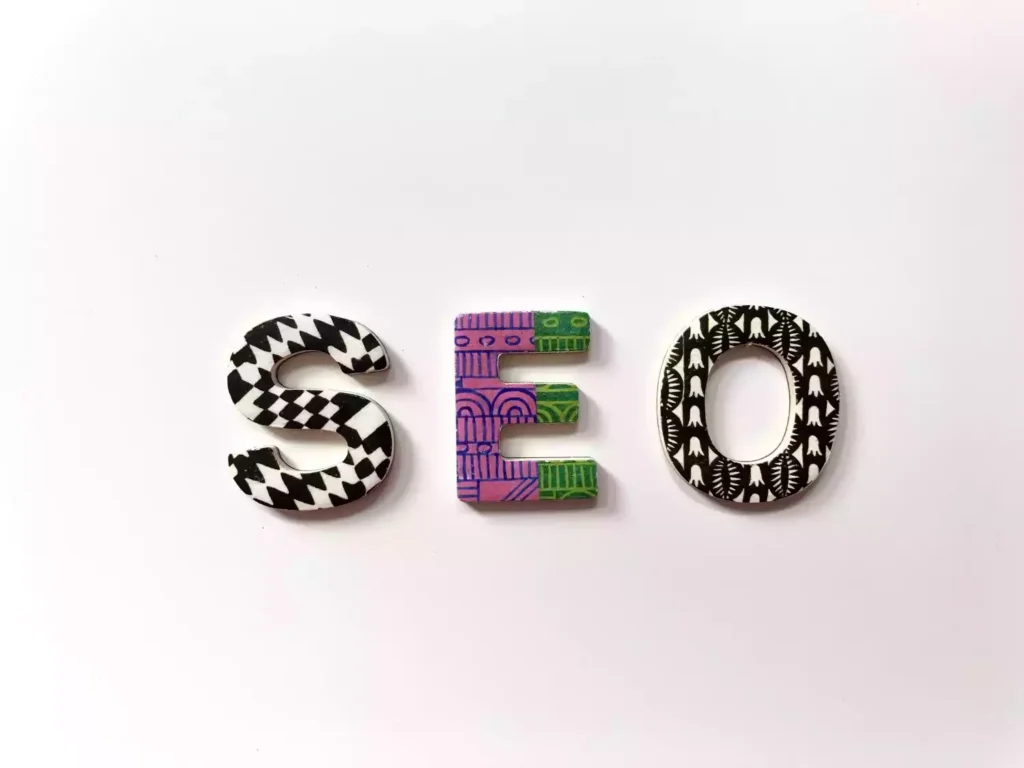When it comes to building a successful website, there are three important factors to consider: website design, user experience (UX), and search engine optimization (SEO). All three of these elements play an important role in the overall success of your website. However, it can be challenging to balance these factors and prioritize one over the other. In this article, we’ll explore the differences between website design, UX, and SEO, and provide guidance on how to choose which one to prioritize.

Understanding Website Design
Website design refers to the visual and aesthetic elements of a website, including the color scheme, typography, layout, and graphics. A well-designed website should be visually appealing, professional-looking, and align with your brand identity.
Website design is important because it impacts how users perceive your brand and navigate your website. A poorly designed website can make it difficult for users to find the information they need, and can lead to high bounce rates.
When it comes to website design, there are several best practices to keep in mind. First, your website should be easy to navigate, with a clear hierarchy of information. Users should be able to find what they’re looking for quickly and easily. Second, your website should be visually appealing and use a consistent color scheme and typography throughout. Finally, your website should be optimized for mobile devices, as an increasing number of users access the internet through their smartphones.
Prioritizing UX
User experience (UX) refers to how users interact with your website, including how easy it is to navigate, find information, and complete tasks. A good user experience should be intuitive and efficient, with a clear hierarchy of information.
Prioritizing UX is crucial because it impacts how long users stay on your website and whether or not they take action. A positive user experience can lead to higher engagement and conversions, while a negative user experience can lead to high bounce rates and low conversions.
To create a positive user experience, there are several best practices to keep in mind. First, your website should be easy to navigate, with a clear menu structure and easy-to-find information. Second, your website should be fast-loading, as users are more likely to abandon a slow-loading website. Finally, your website should be accessible, with alt tags for images and proper HTML markup.

Balancing with SEO
Search engine optimization (SEO) refers to the process of optimizing your website to rank higher in search engine results pages (SERPs). A well-optimized website should include relevant keywords, high-quality content, and a strong backlink profile.
Balancing website design and UX with SEO is important because a well-designed and user-friendly website may not rank well in search engines if it’s not optimized for keywords and other SEO factors. On the other hand, a website that’s highly optimized for SEO but lacks good design and UX may not attract or retain visitors.
To optimize your website for SEO, there are several best practices to keep in mind. First, your website should include relevant keywords in the title tags, meta descriptions, and on-page content. However, it’s important not to overuse keywords, as this can lead to a penalty from search engines. Second, your website should include high-quality content that provides value to users. Finally, your website should have a strong backlink profile, with links from other high-quality websites.
Choosing What to Prioritize
When it comes to choosing what to prioritize between website design, UX, and SEO, there’s no easy answer. The right choice depends on your specific goals and the needs of your audience.
If your goal is to create a visually appealing website that enhances your brand identity, you may want to prioritize website design. However, if your goal is to create a website that provides a positive user






